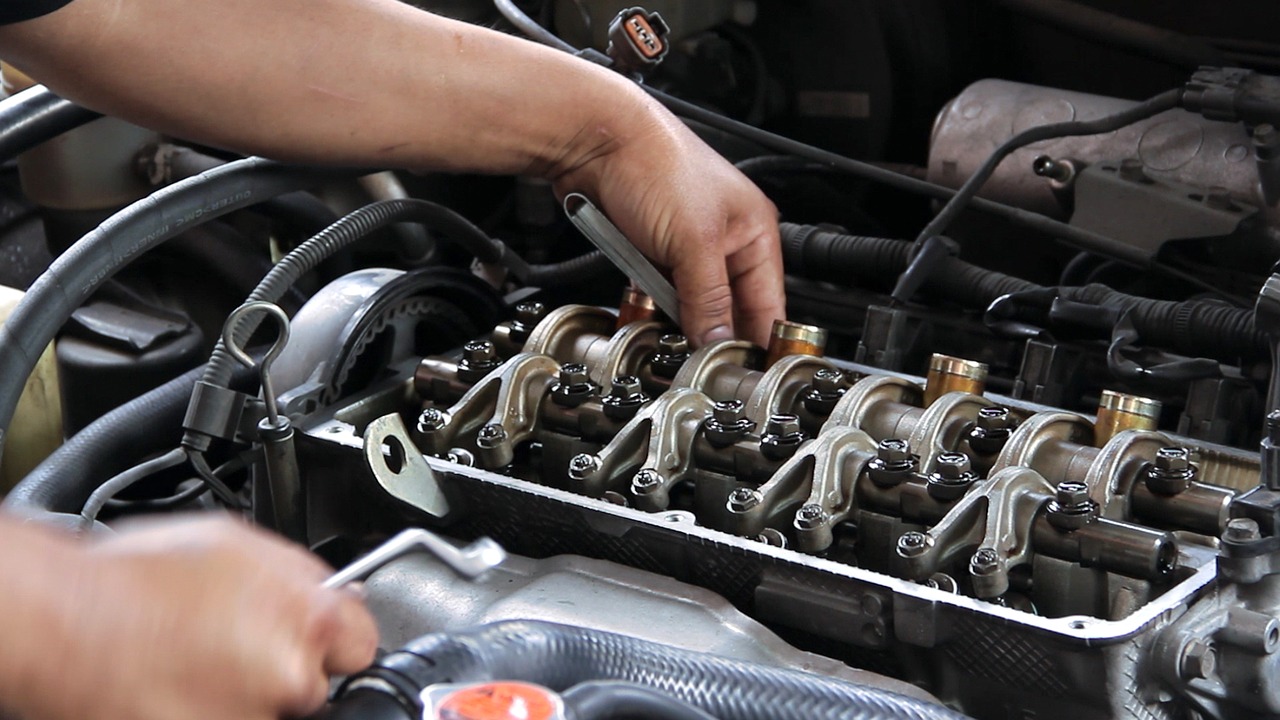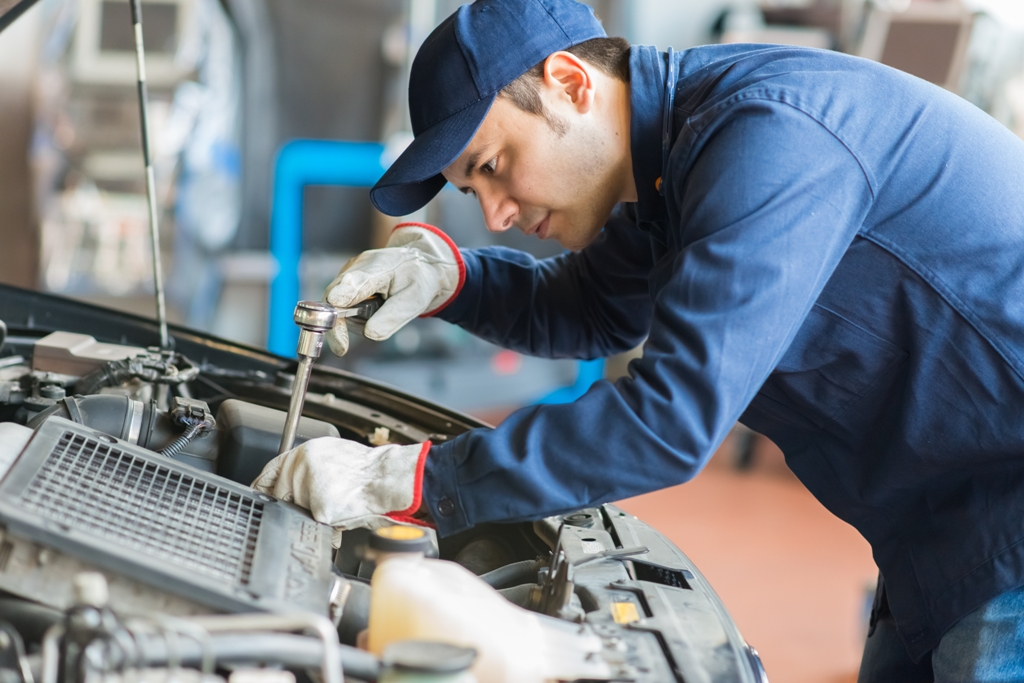Engine Fouling: Causes, Consequences, Solutions …
Contents
Engine fouling: definition and symptoms
Causes of engine fouling
What are the consequences of engine fouling?
Solutions for engine fouling
How much does engine fouling cost?
Engine fouling is an unavoidable fact that leads to multiple breakdowns and failures. Indeed, thermal engines have the particularity of functioning thanks to an internal combustion phenomenon that causes much harmful waste. If the car owner does not perform some maintenance operations from time to time, the engine ends up choking. The consequences can be dramatically expensive.
Engine fouling: definition and symptoms

What is engine fouling?
The vast majority of vehicles have an internal combustion engine under their hood. The engine causes an explosion and feeds off the resulting energy; this is called combustion.
However, the operation is not without risk: the maneuver causes heat and dejections. These are toxic tar or soot residues that gradually settle on certain essential engine parts (injectors, sensors, valves, etc.) until they become clogged, preventing them from working at all; this is called engine fouling.
What are the signs that can alert you?
The symptoms are immediate:
– The engine is slower to respond, has less power.
– The vehicle may have difficulty starting.
– Fuel consumption increases.
– The vehicle spits out a thick blue smoke: harmful gases are no longer burned; they are evacuated directly into the atmosphere.
– There is an obvious sign of breakdown and breakage.
Good to know: although car manufacturers try to delay the engine’s difficulties in the face of the problem of clogging, the phenomenon is inevitable. It is therefore advisable to have your vehicle checked by a professional regularly.
Causes of engine fouling
Combustion is the primary reason for engine fouling. Whether it runs on diesel or gasoline, the fuel molecules are not entirely burned during combustion, and some residues remain. These residues are deposited on the valves, injectors or piston heads.
The engine is no longer sealed, and the contaminated oil enters the combustion chamber. When burned, it produces opaque smoke. The engine is then wholly clogged, and harmful air is released into the atmosphere.
Driving habits
Vehicles that are only used for short trips are the first to suffer from engine fouling. The reason is simple: the vehicle that travels few kilometres does not have time to reach the proper temperature to operate thoroughly. Combustion is, therefore, less efficient, and deposits are more numerous. The engine clogs up more quickly.
Injectors
For more efficient and faster combustion, car manufacturers equip new cars with smaller injectors. The result is a better air/fuel mixture and instantaneous combustion. However, the smaller diameter of the injectors also makes them easier victims. Fuel consumption increases to compensate for recurring injector fouling, and deposits are more numerous, and engine clogging is inevitable here.
What are the consequences of engine fouling?
The consequences of a dirty engine are as follows:
– The engine is sluggish, and it loses responsiveness and power.
– Fuel consumption increases abnormally.
– Polluting gases are released into the atmosphere.
– Critical parts (the injector, EGR valve, turbo, spark plug…) of the engine may break.
Good to know: in the long run, the breakdown is inevitable, so it is essential to act at the first signs of trouble.
Solutions to fight against engine fouling
The first solution to fight against engine fouling is to take care of your vehicle and have the mechanics checked by a professional every 15,000 km. An engine oil change and coolant flush are strongly recommended at the same time.
Once the first symptoms of clogging are detected, it is time to act:
– First, use an additive combined with fuel! It is an inexpensive product that cleans the injectors, combustion chamber and valves without damage while limiting polluting emissions. This action avoids the need to dismantle the engine and have the garage perform maintenance.
– If the engine is still suffering after this, it may be time to consider a descaling station. The operation is simple: hydrogen is injected directly through the air intake into the system, ensuring that your engine is cleaned internally.
If the engine is so dirty, some parts have started to give up the ghost: spark plugs, injectors, etc… please contact a professional immediately.
Good to know: in the long run, engine fouling can result in the complete replacement of the engine block. A cumbersome operation for your wallet!
What is the cost of engine fouling?
Between $15 and $20, you can find a 300 ml bottle of fuel additive in all automotive specialty stores.
A professional descaling operation costs on average less than $70.
A complete engine block changed costs between $2,000 and $4,000 if the engine is standard and depending on the car model.




